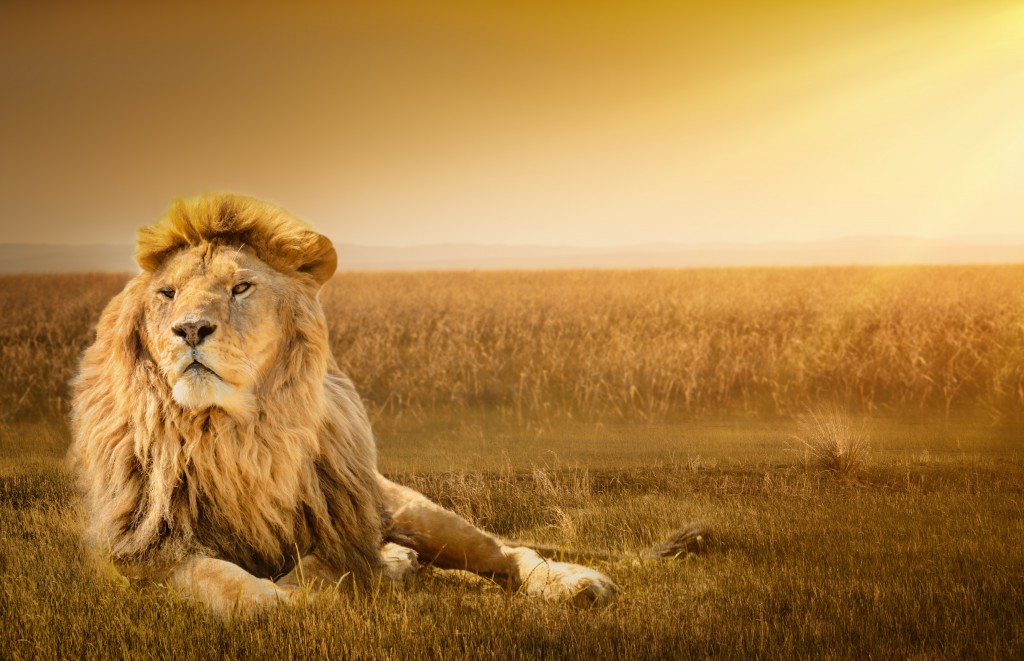Maybe you have seen the stunning photo spreads in National Geographic magazines. Or maybe, you are fascinated by the images in a natural sciences museum. Regardless of how you have discovered wildlife photography, you cannot deny that this discipline of photography is interesting. And people are getting more drawn to it since digital SLR technology and mirrorless cameras have become easily available.
You love photographing landscapes and animals in the wild. But lately, you may have the impression that your art is in a rut. You are looking for some ways to make your shots much more dynamic. Thankfully, there are some tricks that will help you. Read the following before you go to a hunting store for your gear and riding your jeep to go into the wilderness.
Invest in a good camera body and lenses
Yes, you can still use your old point and shoot or your camera phone. But this is an option for those who want to up their wildlife photography game. If you are aiming for a National Geographic-grade shots, you may need to go for a good camera body with a large sensor. Couple with a powerful prime or zoom lens. And while you are at it, you will need to know all the functionalities of your gear, so you will be able to make the most of it. Experiment with shutter speed, especially when capturing moving subjects. Toy with your ISO when shooting in different light conditions.
Mind the environment
In the wilderness, your environment is your canvas (though it could be your subject, too!). You need to find a spot where animals actually go, so you can get a good subject. If you want to give your audience a feel of the animal’s habitat, it would be nice to use a wide-angle lens. The tension between the animals and their environment will make for interesting artwork.
 Play with distances
Play with distances
When it comes to subjects, you always have a few options in distance as far as photographing is concerned. If it is your intention to show the details of a plant or the fur of an animal, it makes sense that shoot closer. An in-your-face approach to shooting will help your audience to interact better with the subject. The flip side of close-up shooting is you shooting wider. This is where you can clearly illustrate different environmental interactions, such as the group hunting for prey or the landscape where the animals are living.
Capture the motion
What’s exciting about wildlife photography is that you see the dynamism and activity of nature. From the swaying of the trees to the predator-prey chase. And since you’re equipped with a powerful camera, you can easily capture these motions. Try capturing an image of a bird mid-flight or the porpoising of the dolphins in the sea.
Just before you go, here’s one thing you need to know: stay safe. Nature is fascinating, but it can be dangerous, especially if you are photographing wild animals. If you are on tour, listen to your guide and never do something reckless.

